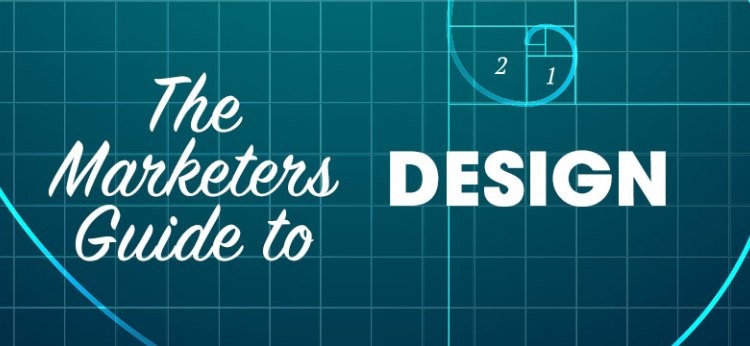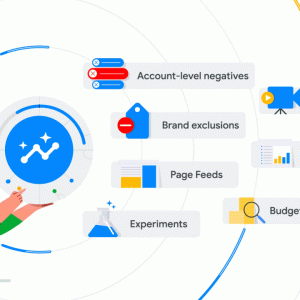
In today’s digital landscape, where attention spans are fleeting and competition is fierce, capturing an audience’s eyes and effectively communicating your message is more crucial than ever. And what better way to do that than through impactful visual design?
For marketers, understanding the fundamentals of design is no longer a luxury, but a necessity. This article delves into the core principles that every marketer should know to craft compelling visuals that resonate with their target audience.
1. Simplicity is Key: The Power of Minimalism
In a world saturated with information, visual clutter can be overwhelming and counterproductive. Embrace the power of minimalism. Opt for clean lines, uncluttered layouts, and a limited color palette. This allows your message to take center stage, enhancing clarity and memorability. Remember, less is often more.
2. Typography Matters: Choosing the Right Voice for Your Brand
Fonts are not just ink on paper; they are the voice of your brand. Choose fonts that are both aesthetically pleasing and legible. Sans-serif fonts are generally safe bets for online content, while serif fonts can add a touch of elegance to print materials. Consistency is key – limit yourself to 2-3 font families per design and stick to them for brand coherence.
3. Color Psychology: Evoking Emotions and Setting the Mood
Colors have a profound impact on our emotions and perceptions. Understand the psychology behind different colors and use them strategically to evoke specific moods and feelings. For example, blue is associated with trust and reliability, while red is linked to excitement and passion. Experiment with color combinations to create a visual identity that aligns with your brand personality.
4. Hierarchy and Balance: Guiding the Eye and Telling a Story
A well-designed layout guides the viewer’s eye through a visual hierarchy. Use elements like size, color, and placement to emphasize key information and create a natural flow. Think of your design as a story – use visual cues to lead the viewer from the beginning to the end of your message.
5. Negative Space: Embrace the Power of Emptiness
Empty space, often referred to as negative space, is not wasted space. It allows your design elements to breathe and prevents visual overload. Use negative space effectively to create a sense of balance and highlight important elements.
6. Visual Hierarchy: Prioritizing Information for Impact
Not all information is created equal. Use visual cues like size, color, and placement to prioritize key messages and grab attention. Larger fonts, bolder colors, and central positioning can draw the eye to the most important elements.
7. Contrast is King: Making Your Design Pop
Create visual interest and avoid monotony by incorporating contrast. This can be achieved through a variety of ways, such as using contrasting colors, textures, and fonts. Just be sure to avoid overdoing it – too much contrast can be jarring and counterproductive.
8. Storytelling Through Images: Evoking Emotions and Memories
Images are powerful storytelling tools. Use relevant, high-quality visuals that evoke emotions and resonate with your target audience. Avoid generic stock photos and opt for images that are authentic, relatable, and emotionally charged.
9. The Magic of White Space: Enhancing Clarity and Readability
White space is not the enemy of design; it is its friend. Use white space generously to separate elements, improve readability, and create a sense of airiness. Too much text or information crammed together can be overwhelming and off-putting.
10. Accessibility for All: Designing for Diverse Audiences
Accessibility is not just an ethical imperative; it’s also good business. Ensure your designs are accessible to people with disabilities by using sufficient color contrast, alt text for images, and clear and concise language.
Beyond the Basics: Putting Design Principles into Practice
Understanding the core principles is just the first step. Now it’s time to put your knowledge into practice. Here are some tips to help you apply these principles to your own marketing materials:
- Set clear goals and objectives: What do you want your design to achieve? Once you know your goals, you can choose the right elements and techniques to support them.
- Know your audience: Who are you trying to reach? Understanding your audience’s preferences and expectations will guide your design decisions.
- Experiment and iterate: Don’t be afraid to try new things. Experiment with different layouts, colors, and fonts to find what works best. Be prepared to iterate and refine your design based on feedback.
- Seek inspiration: Look at examples of successful design in your industry and beyond. Analyze what makes them effective and use those insights to inform your own work.
- Invest in resources: If you don’t have the design skills yourself, consider hiring a professional designer or taking online courses to improve your skills.










